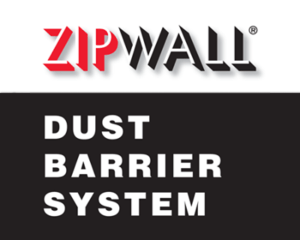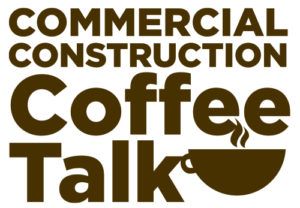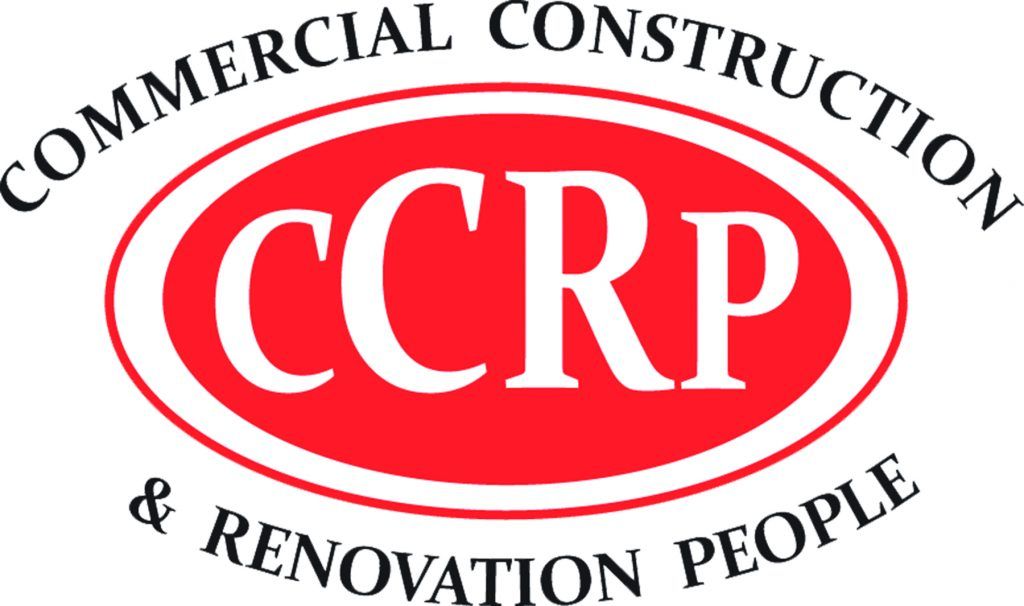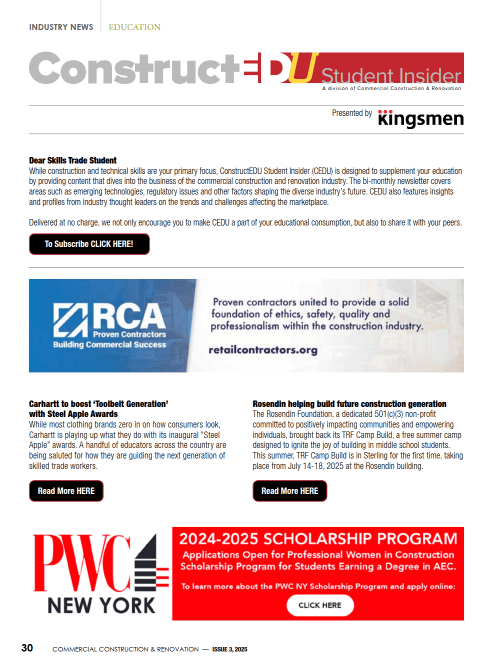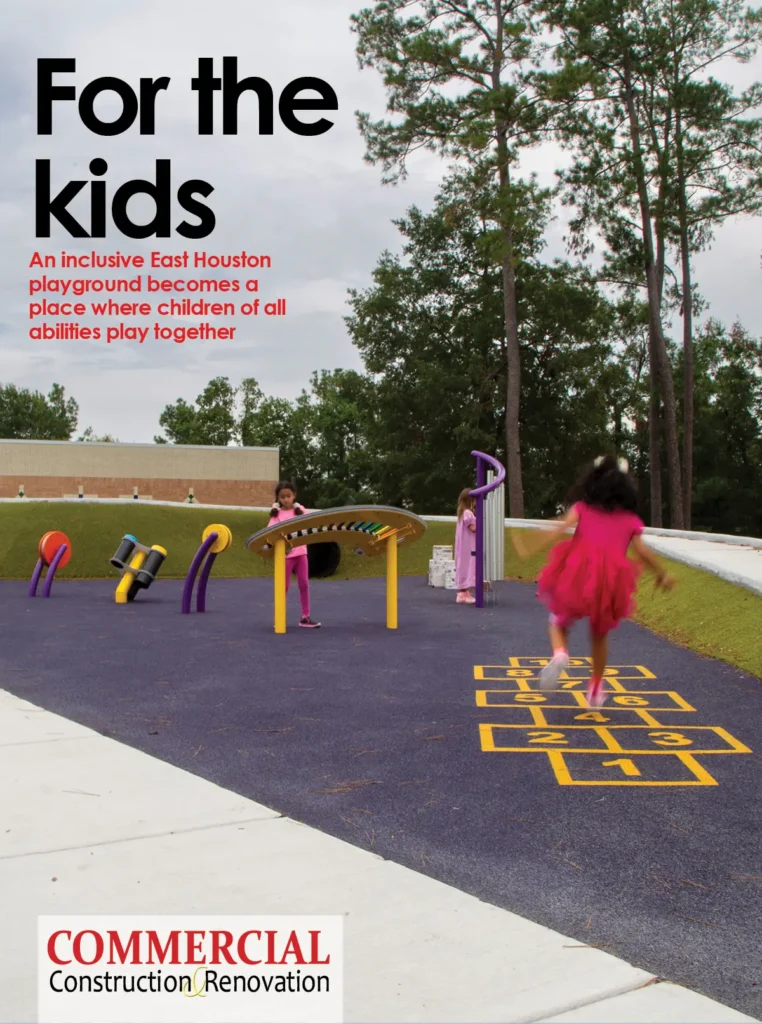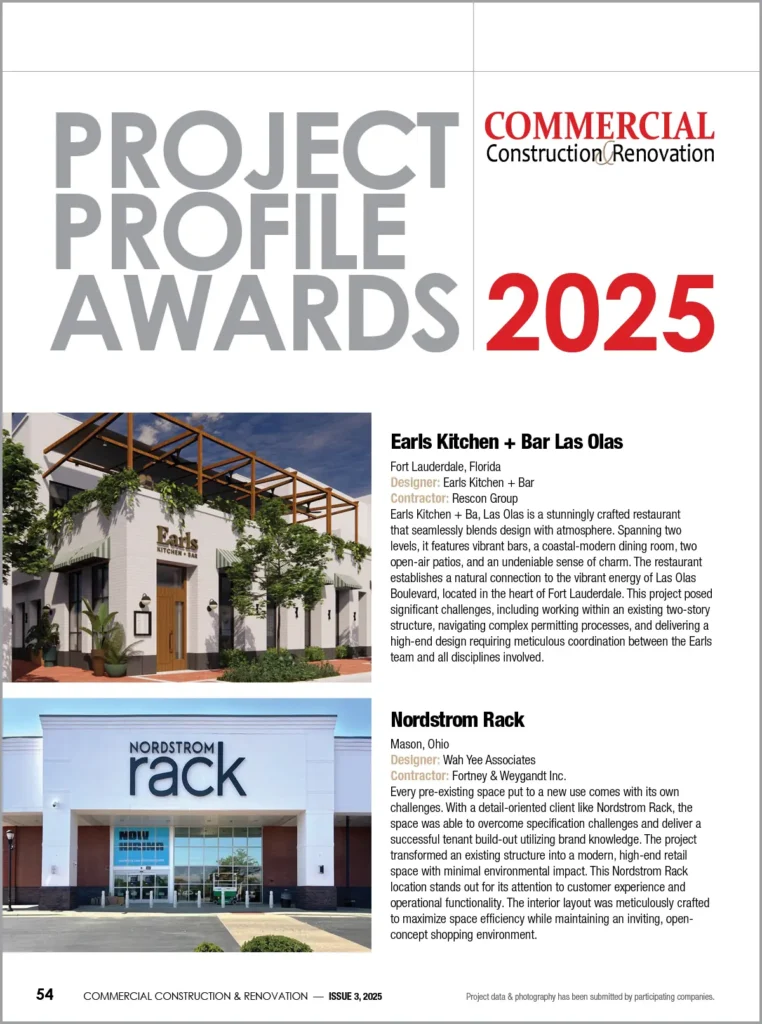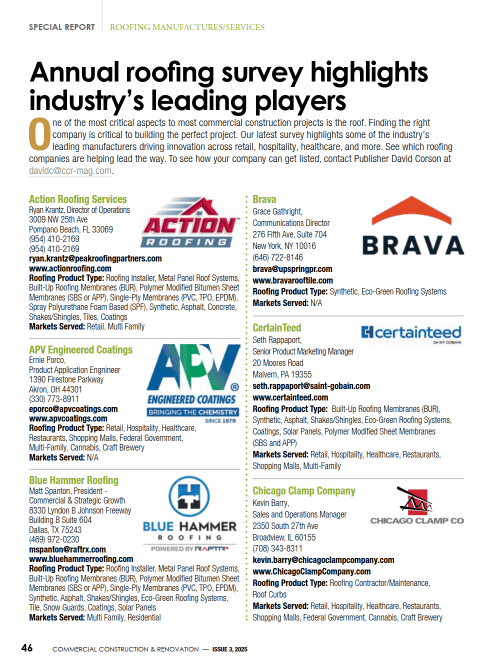The commercial construction industry is witnessing a revolution through advanced prefabrication methods that enhance efficiency, reduce costs, and improve sustainability. These off-site manufacturing techniques are changing how developers approach large-scale projects while addressing persistent industry challenges.
Driving Forces Behind Prefabrication Adoption
Labor shortages continue to plague construction nationwide, with skilled worker deficits reaching critical levels in major markets. According to the Associated Builders and Contractors, the industry needs to attract nearly 650,000 additional workers to meet current demand. Prefabrication directly addresses this challenge by requiring fewer on-site workers while maintaining quality standards.
Additionally, compressed project timelines have become the norm as developers face pressure to deliver commercial spaces faster. Traditional construction methods struggle to meet these accelerated schedules, while prefabrication can reduce overall project duration by up to 50% through parallel workflows.
Rising material costs have further accelerated prefabrication adoption. With controlled factory environments, waste can be minimized and materials purchased in bulk, resulting in significant cost savings. Studies show prefabrication can reduce material waste by up to 40% compared to traditional on-site construction methods.
Leading Prefabrication Innovations
Volumetric Modular Construction
Volumetric modular units represent complete three-dimensional sections of buildings manufactured off-site with MEP systems, finishes, and fixtures already installed. These modules are transported to the site and assembled like building blocks.
The recently completed Marriott AC NoMad in New York City utilized this approach, becoming the tallest modular hotel in the United States. The 360-foot tower’s 168 guest rooms were manufactured in Poland, shipped to New York, and stacked on-site, reducing construction time by approximately 30%.
Healthcare facilities have also embraced volumetric construction, with the Humber River Hospital in Toronto incorporating prefabricated patient rooms and bathroom pods. This approach not only accelerated construction but also improved quality control for critical medical environments.
Cross-Laminated Timber Systems
Cross-laminated timber (CLT) has emerged as a sustainable alternative to steel and concrete in commercial construction. These engineered wood panels offer impressive strength-to-weight ratios while significantly reducing carbon footprints.
The T3 office building in Minneapolis demonstrates CLT’s potential in commercial applications. The seven-story, 220,000-square-foot structure used prefabricated CLT panels that were installed in just 9.5 weeks—about 30% faster than conventional construction methods would have allowed.
Beyond speed, CLT offers substantial environmental benefits. The material sequesters carbon throughout its lifecycle, with each cubic meter of CLT storing approximately one ton of CO2. For the T3 building, this translated to roughly 3,200 tons of carbon sequestered—equivalent to removing 700 cars from the road for a year.
3D Printed Components
Advancements in construction-scale 3D printing are enabling the prefabrication of complex architectural elements that would be costly and time-consuming to create using traditional methods.
Dubai’s Office of the Future stands as a pioneering example, with its entire structural shell 3D printed off-site in sections. These components were assembled on-site in just 17 days, with the entire project completed in under three months.
The technology continues to evolve rapidly, with companies like ICON demonstrating 3D-printed commercial structures in the United States. Their proprietary Vulcan construction system can print wall systems for buildings up to 3,000 square feet, achieving in days what would traditionally take weeks.
Prefabricated MEP Systems
Mechanical, electrical, and plumbing (MEP) systems represent some of the most complex and coordination-intensive aspects of commercial construction. Prefabricated MEP racks and risers are revolutionizing this sector by allowing complete system assemblies to be manufactured off-site.
The Northwestern Memorial Hospital expansion in Chicago utilized prefabricated MEP corridor racks throughout its 1.2 million square foot facility. These pre-assembled units included ductwork, piping, electrical conduit, and support structures, reducing installation time by 20% and improving coordination between trades.
Implementation Challenges and Solutions
Despite its advantages, prefabrication adoption faces obstacles. Transportation logistics present significant challenges, particularly for large volumetric modules. Successful projects now employ detailed route planning software and specialized transport equipment to navigate these constraints.
Design standardization requirements have historically limited architectural creativity in prefabricated buildings. However, new parametric design tools are enabling greater customization while maintaining the efficiency benefits of standardized manufacturing processes.
Building codes and regulations often lag behind technological innovations, creating compliance challenges for prefabricated structures. Industry leaders are actively engaging with code officials to develop updated standards that recognize modern prefabrication methods while ensuring safety and performance.
Digital Transformation in Prefabrication
Leading construction firms are increasingly turning to AI workflow automation solutions to streamline prefabrication processes. These digital tools coordinate complex supply chains, optimize manufacturing schedules, and ensure quality control throughout production. By automating repetitive tasks and providing real-time analytics, construction teams can focus on innovation rather than administration.
Effective communication is crucial for prefabrication success, with teams needing clear instructions at every stage. Many construction managers are now utilizing AI prompt writing techniques to create precise specifications and workflows that minimize errors and ensure consistent quality across manufacturing processes.
Building Information Modeling (BIM) has become essential to successful prefabrication, enabling precise digital coordination before physical manufacturing begins. Advanced clash detection and virtual assembly simulations minimize errors and rework, ensuring prefabricated components fit together seamlessly on-site.
Economic Impact and ROI
The financial benefits of prefabrication extend beyond just faster completion times. A McKinsey analysis found that prefabrication can reduce construction costs by 20-30% while improving quality control and reducing material waste by up to 90%.
For commercial developers, these savings translate directly to improved ROI. The earlier completion allows for faster occupancy and revenue generation, while the reduced waste contributes to sustainability goals increasingly demanded by tenants and investors.
Labor productivity gains are equally significant, with prefabrication projects reporting 25-50% higher productivity rates compared to traditional construction. This efficiency helps offset the industry’s persistent labor shortage while improving working conditions through controlled manufacturing environments.
Future Outlook
As technology continues advancing, we can expect prefabrication to become increasingly sophisticated. The integration of IoT sensors during the manufacturing process will enable smarter buildings with enhanced monitoring capabilities. Meanwhile, AI-driven design optimization will further refine prefabrication efficiency.
Industry experts predict that by 2030, prefabrication could account for over 30% of all new commercial construction in North America, up from approximately 15% today.
The convergence of robotics and prefabrication represents the next frontier, with automated assembly lines beginning to appear in advanced manufacturing facilities. These systems promise even greater precision and productivity while further reducing labor requirements.
Conclusion
Prefabrication represents a fundamental shift in commercial construction methodology rather than simply an alternative approach. As labor challenges persist and sustainability requirements increase, these innovative techniques will likely become standard practice for forward-thinking developers and contractors seeking competitive advantages in an evolving marketplace.
For commercial construction professionals, embracing prefabrication isn’t just about staying current—it’s about preparing for a future where off-site manufacturing becomes the standard rather than the exception. Those who adapt early will position themselves at the forefront of an industry transformation that promises to deliver better buildings faster, more efficiently, and more sustainably than ever before.







